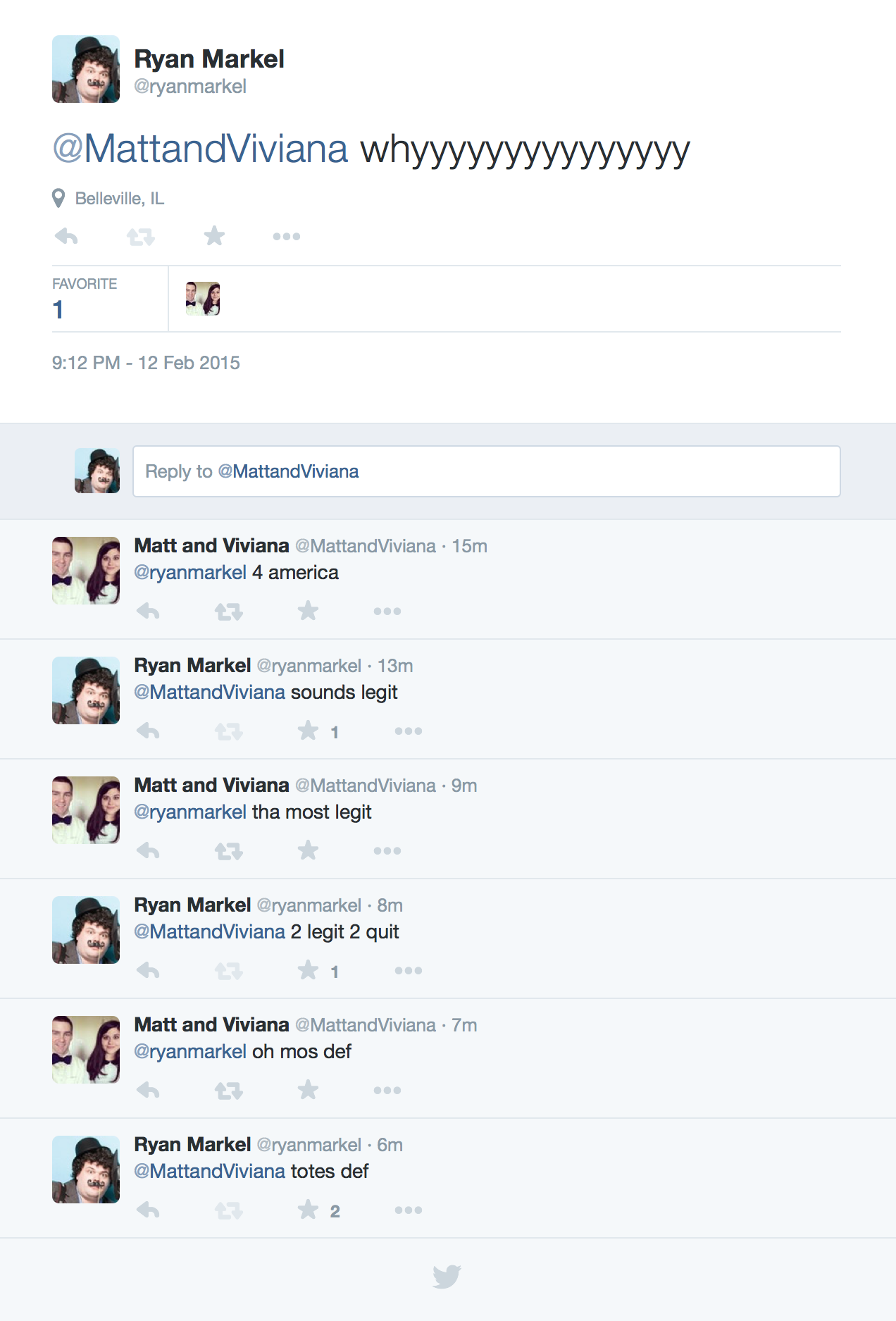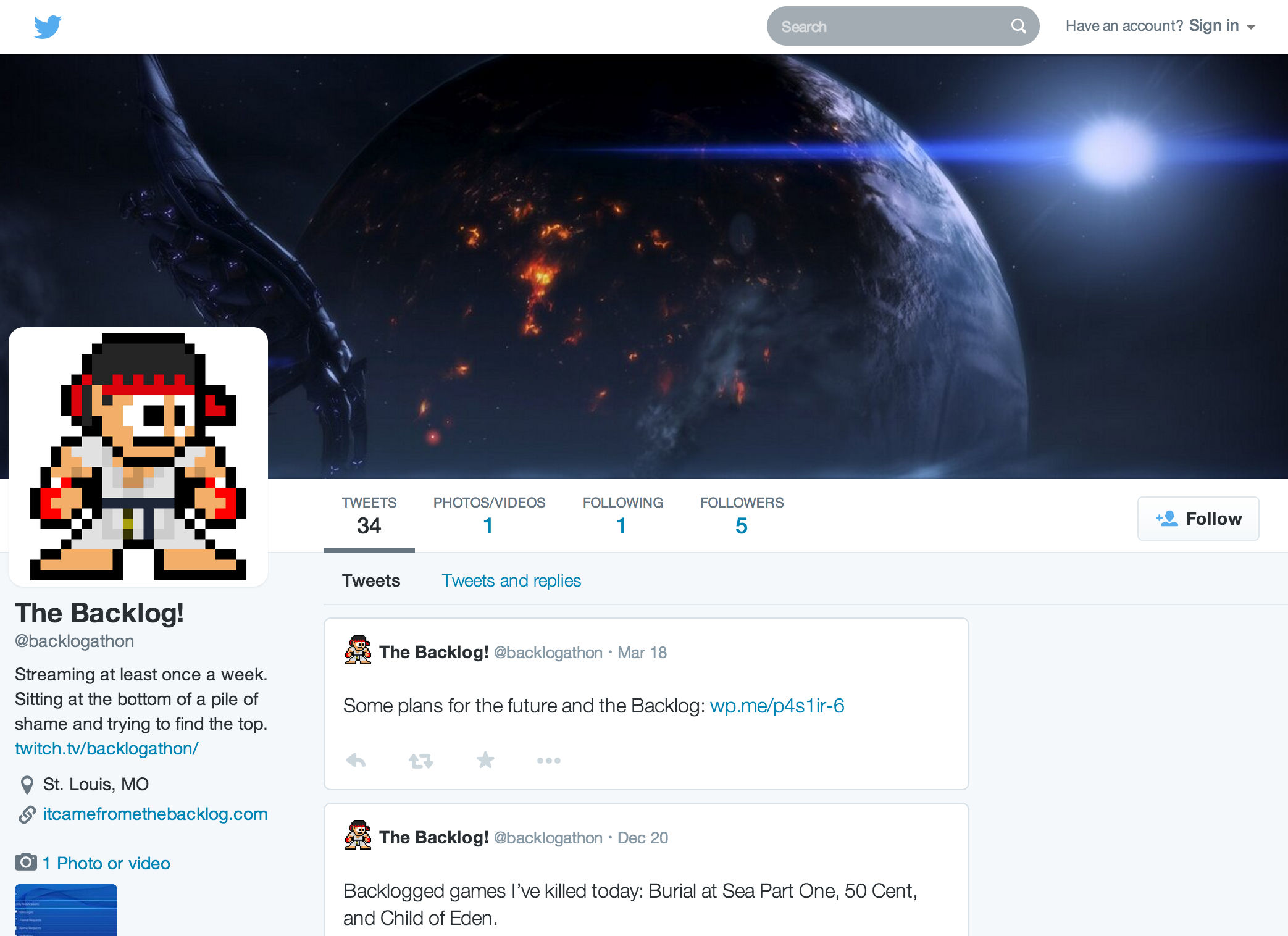As a career support person, I wanted to take a few minutes out of my lunch break today to mention that the support posts on the @BungieHelp Twitter account yesterday were really good and an example of How I Would Have Done It that sadly, I don’t see very often.
For the unaware, Destiny 2 has a “weekly reset” cadence, where every Tuesday at a specific time, certain cycles in the game reset intentionally and events tend to come and go. (There is also a smaller daily reset.) Patches always coincide with this reset time, and yesterday’s reset included the 2.7.1 update.
There was a bit of a problem with the update.
The problem was discovered within 30 minutes of the patch distribution and service availability, and 35 minutes after that, Bungie took the entire game down to prevent further problems from happening.
The very next tweet was one hour later, and contained the following information:
Let’s talk about why this tweet is good stuff from a support standpoint. It runs what is essentially the Support Playbook in my opinion. It:
- States the current status or progress of the issue (“we think we’ve found it; give us a bit”),
- Gives a general forecast for what to expect (“game’s going to be down for a while as we figure out how to fix it”), and
- Provides a timeline for follow-up information (“we’ll talk to you again in about an hour”).
True to their word, Bungie continued to update players on a regular cadence:
Each one of these tweets follows the same pattern, which is IMO essential to a good support interaction, whether over Twitter or another medium such as email or ticketing systems:
- State the problem
- Give an update on progress if possible
- Tell the client/customer when they will hear from you next
- Execute on what you have promised
This is actually quite difficult to do on Twitter effectively due to the character limit.
The full solution for the problem was detailed in the next update:
And then this update doesn’t promise a further update, as the problem is identified and the fix is underway, with an ETA for service resumption—and presumably, everyone is heads-down planning for the eventual response that will be needed when everything is back up:
There was a follow-up tweet when the service was brought back online, which ended up being less than 20 minutes later than their initial estimate. Pretty good. :)
The icing on the cake, though, is this tweet, which is pretty fantastic:
It’s a super-concise list of exactly how the rollback affects players and what they can expect when they log back in. (“Silver” is the paid microtransaction currency in Destiny 2.)
If you work in support, take a look at your own interactions and look for these patterns. Are you informing clients or customers in a timely fashion, giving them information as available and verified, and providing estimates for when they will hear from you next? If not, consider updating your handbook or processes for support interactions in an emergency response or disaster recovery situation.
Kudos to the Bungie player support team for this series of interactions; I was quite impressed to see them throughout the afternoon and evening, and remarked as such to friends as the situation was going on. I can only imagine what the disaster recovery process was like behind-the-scenes, but it appears to have been very effective, as at least in my estimation, the speed of this issue ID and data recovery operation was impressive for what I can only assume is a very large database.

